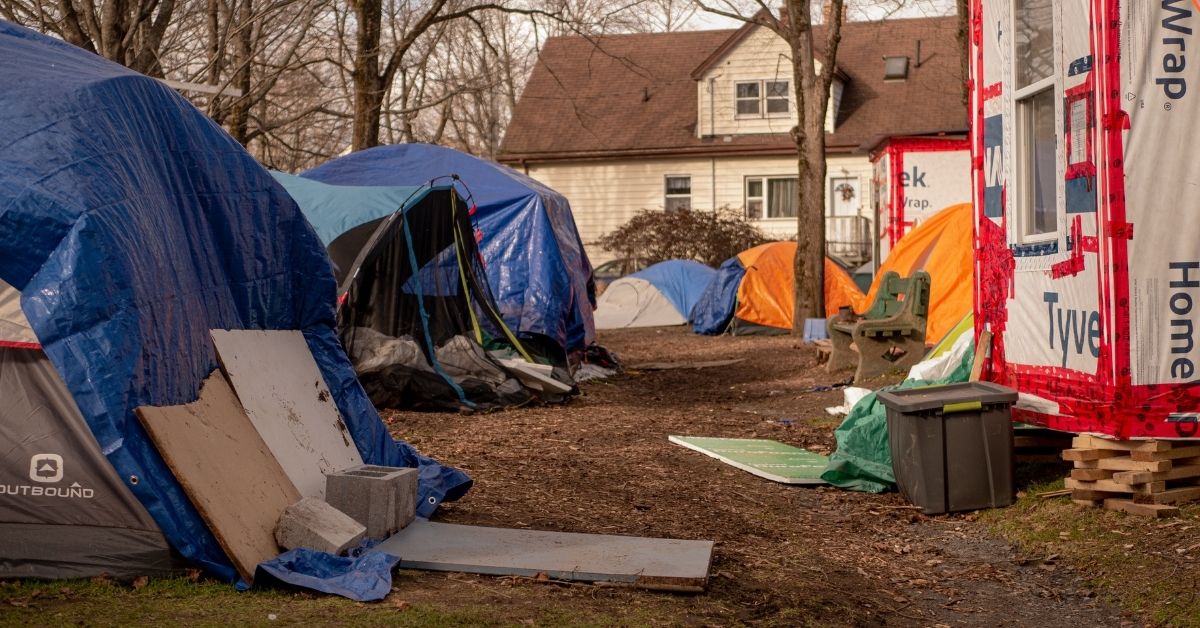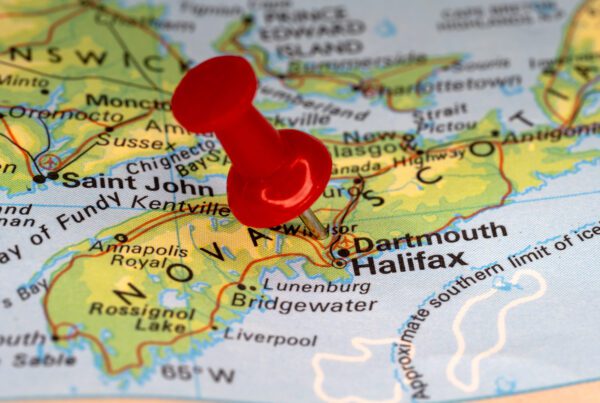Immigrants are harder hit by housing crisis but are needed if N.S. is going to build more homes
As Nova Scotia’s population nears one million people, the newly elected PC government has established a goal of attracting 25,000 new residents a year and a population of 2,000,000 by 2060.
This begs the question: where is everyone going to live?
Even without a sharp increase in new residents, Nova Scotia is in the midst of a housing crisis, both in terms of supply and affordability. As of late November, the vacancy rate for rentals in the Halifax Regional Municipality was 1.0 per cent. Provincially, it was 2.1 per cent.
Even amid the COVID-19 pandemic, housing prices skyrocketed, with many homes being purchased sight-unseen at amounts well above asking price.
“Personally, I would have predicted the housing market would have fallen apart in Nova Scotia, but it’s had the exact opposite effect and I don’t think anyone could have predicted that,” says Minister of Municipal Affairs and Housing John Lohr. “It’s put a lot of stress on housing at every level.”
As citizens from all walks of life struggle to find housing, the lack of affordable options hits marginalized groups harder.
“Everyone is kind of suffering in a way, but newcomers especially because they are dependent on the low-income side of things,” says Ala Sabie, the community integration coordinator with the YMCA of Greater Halifax/Dartmouth’s immigrant services division. “They don’t have the capacity to navigate all of this, so they need our assistance. I’m glad we can help them, but there’s only so much we can do.”
Sabie says they’re regularly seeing clients receive eviction notices where landlords intend to make some improvements to the unit and then significantly increase the rent, a concept known as a renoviction.
He says they try to support the clients by letting them know their rights and connecting them with legal aid and the residential tenancies board to prevent the evictions from happening.
“But sometimes it’s a fixed lease and you can’t do anything about it,” Sabie says.
He says the price of rental housing means some newcomers are pushed further away from the heart of the city, thereby separating them from such vital supports as employment opportunities, places of worship, and specialty food shops.
“All of these things are kind of in the centre of HRM, not outer HRM,” Sabie says.
While Nova Scotia’s population has grown during the pandemic, that increase is largely due to inmigration from other parts of Canada, rather than immigration from outside of the country.
The border shutdowns also slowed the number of refugees coming to Canada (and in turn, Nova Scotia), but that’s changing.
“Not only do we have the response to the Afghanistan situation, but we are also seeing a stronger, more intensive arrival of refugees from the countries we would be regularly seeing refugees from,” says Jennifer Watts, CEO of ISANS.
Consider that Canada plans to welcome 40,000 Afghan refugees over the next two years. It’s unclear how many will end up in Nova Scotia, but as of late November, Nova Scotia had welcomed 30 people to Halifax.
Since taking office, the PCs have taken several steps to address the housing crisis. These measures include extending the two per cent rent cap first introduced by the former governing Liberals by almost two years, until the end of 2023. (It was set to expire Feb. 1, 2022.)
The province also announced it will spend about $35 million on 1,100 affordable housing units throughout Nova Scotia.
“Every Nova Scotian needs a safe, affordable place to call home,” Lohr says. He says he’s proud of the steps his government is taking. He notes that while some measures will have an immediate impact, others will take longer to be felt as housing can’t be built overnight.
Asked if he’s concerned immigrants and refugees are being disproportionately impacted by the housing crisis, Lohr says, “I’m concerned about any Nova Scotian being impacted, including immigrants.”
While increased immigration will further stress Nova Scotia’s housing crisis, it may have another impact.
“Even though we’re in a very tight spot around housing, particularly affordable housing, I think what’s important to realize is the solution… really sits with immigration because what we’re hearing from many employers involved in the construction industry (is) they cannot find workers to do jobs,” Watts says.
It’s a line of thought Jill Balser, the minister of labour, skills and immigration, shares.
“Immigration is going to be a pathway to bring the skilled workers here because we need their talents to provide the housing solutions,” she says.
According to the PC election platform, there are 7,000 skilled trade construction positions unfilled in the province. To help attract more construction workers to Nova Scotia, two key initiatives were announced in 2021.
Under the former Liberal government, an immigration stream targeting heavy equipment operators (except crane operators) and construction trade helper and labourer positions was announced in June. This stream shortens the timeline under which they can apply for the provincial nominee program, meaning they can apply for permanent residency sooner. Citing statistics from BuildForce Canada, the province says immigrants make up about 3.5 per cent of Nova Scotia’s construction workforce.
In October, the PCs announced the provincial portion of income tax would be eliminated on the first $50,000 of annual income for construction trades workers under the age of 30. According to their platform, some of the jobs this policy would apply to are cabinet makers, carpenters, electricians, heavy equipment operators, ironworkers, metal fabricators, plumbers, roofers, and welders.
The success or failure of how the province responds to the housing crisis will play a pivotal role in retaining the people who hope to call Nova Scotia home.
“Having a home, feeling comfortable in a community and neighbourhood, and feeling the security of home is really critical for all of us, but I think particularly if people are coming from situations that are very traumatic. It only intensifies the feeling of a safe place to be,” Watts says.





